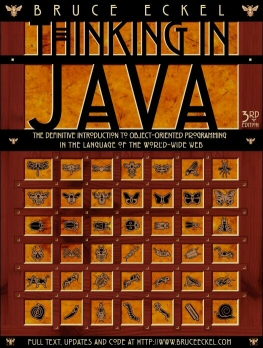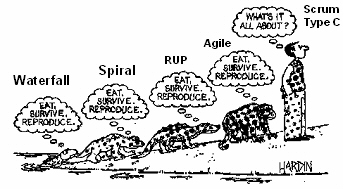The First Scrum Project Manager
 John Scumniotales, the first ScrumMaster
John Scumniotales, the first ScrumMaster"The end of the project manager, the birth of the ScrumMaster, a transient job valid until the organization has changed and is self-managing." Ken Schwaber
The quote from Ken Schwaber elequently describes the role of a project manager. Just as Batman Returns shows us a better Batman this summer, the ScrumMaster was designed to be a better Project Manager in the summer of 1993.
More specifically, the key influence on project management in the creation of the first Scrum was a consulting engagement I undertook in Ireland at Peat Aviation during the entire year of 1990. I was brought in to be the System Architect of a group of 66 consultants, all the best in their various fields, hired from all over the planet to build the technology future for the worlds fastest growing aerospace company, Guiness Peat Aviation. I was essentially a clone of the CIO in residence as well as System Architect for one of the first large object-oriented projects built in a Microsoft environment. We worked in beta versions of Windows 3.0 for a year before it was released. This project deserves a paper in and of itself on Scrum origins.
When the budget began to get cranked down and the demands for immediate delivery skyrocketed we shrank the team to 15 people, forming 3-4 subteams, and moved to a concurrent engineering environment. Code was rebuilt in real time when anyone changed a class. Everyone developed off real time builds running against the production database test system. As the Scrum of Scrums leader, as well as the chief architect, the hard problems where always thrown in my lap to fix personally.
The team turned to me for project management strategy when the team began to hit full stride. These guys were all pistol packing, hired gun type consultants, and I remember it was 2pm on one Tuesday afternoon when everyone said with one voice - get project management up and running Now! Before 5pm it was done.
The biggest problem on this project from an organizational point of view was that we had a full time consultant assigned as project manager that spent all day every day trying to keep our GANTT chart accurate in Microsoft Project. It was an impossible task! He couldn't do it and we were wasting a key resource.
As a result, when Jeff McKenna and I worked together at Easel to create the first Scrum and we assigned John Scumniotales the role of first ScrumMaster, GANTT charts were banned, the first Burndown Charts were created, and the ScrumMaster became the Project Manager.
In this case, John was also the lead engineer with outstanding interpersonal skills. He spent 80% of his time coding which was the design goal for the first ScrumMaster, went on to create his own company and sell it to Rational, then became head of development for Rational Rose.
John Scumniotales currently runs development and product management for PacificEdge Software and his name should be memorialized in Scrum lore as the first instantiation of the Scrum project manager, the ScrumMaster.







